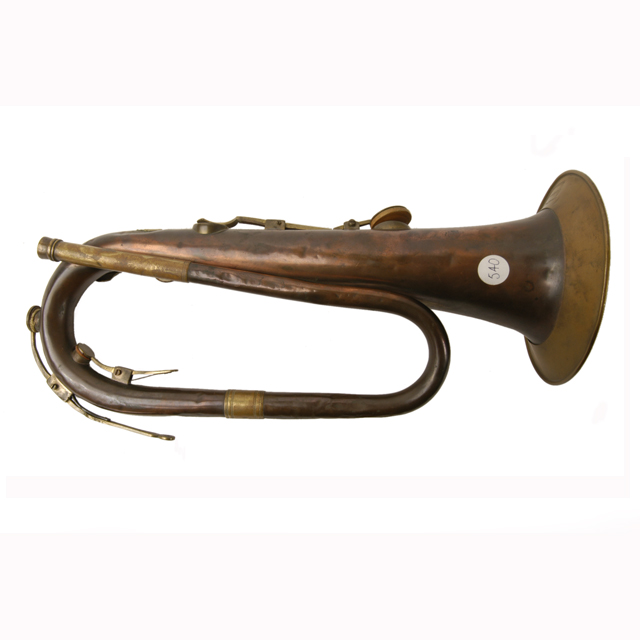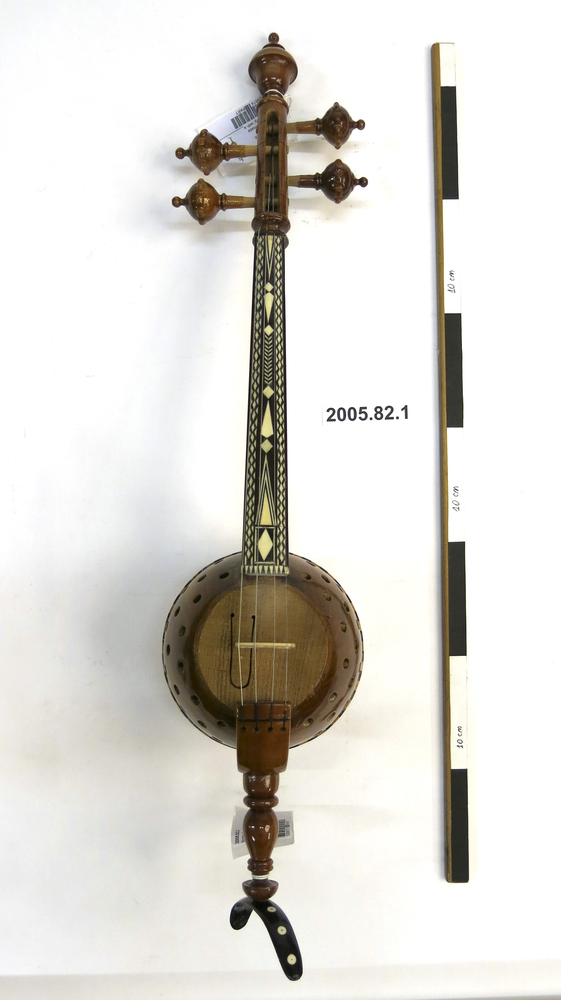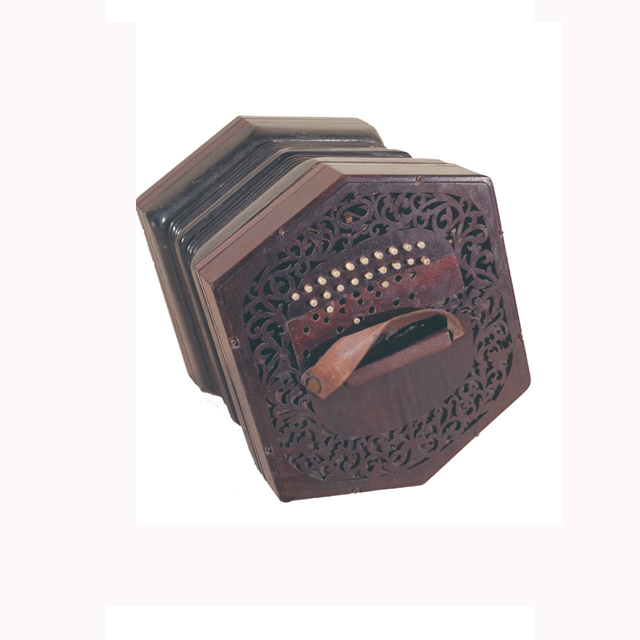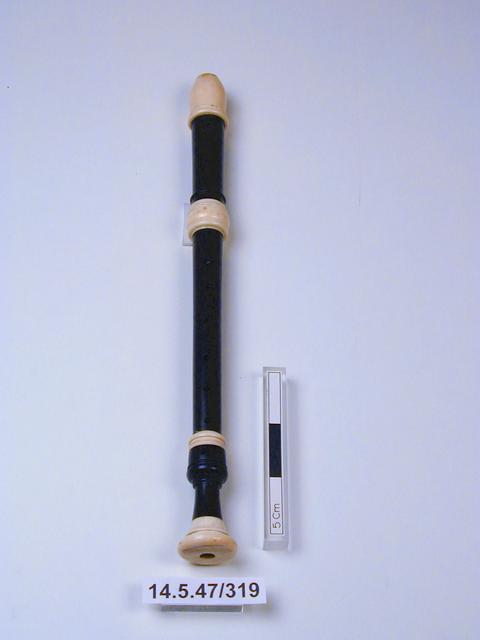
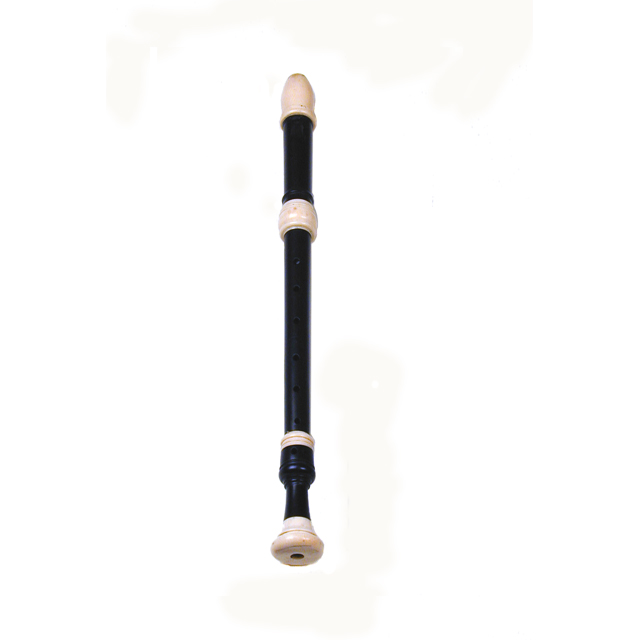
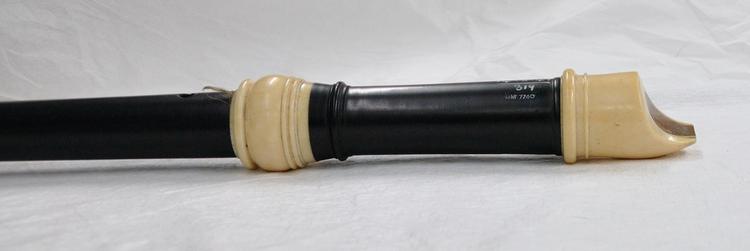
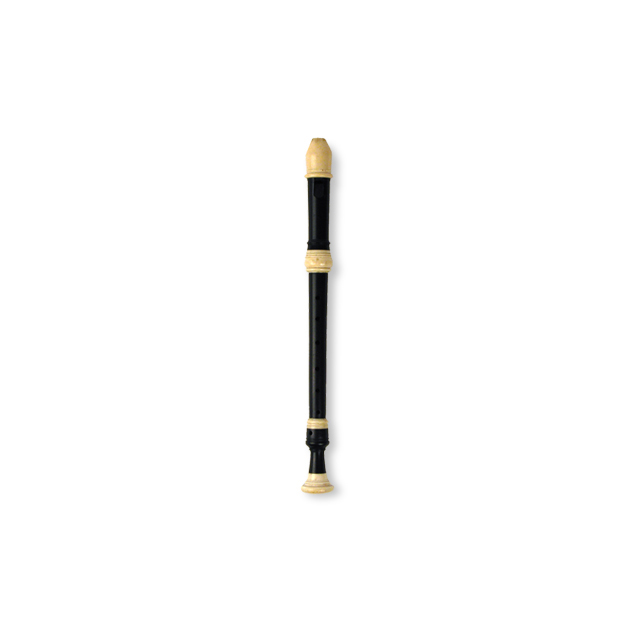
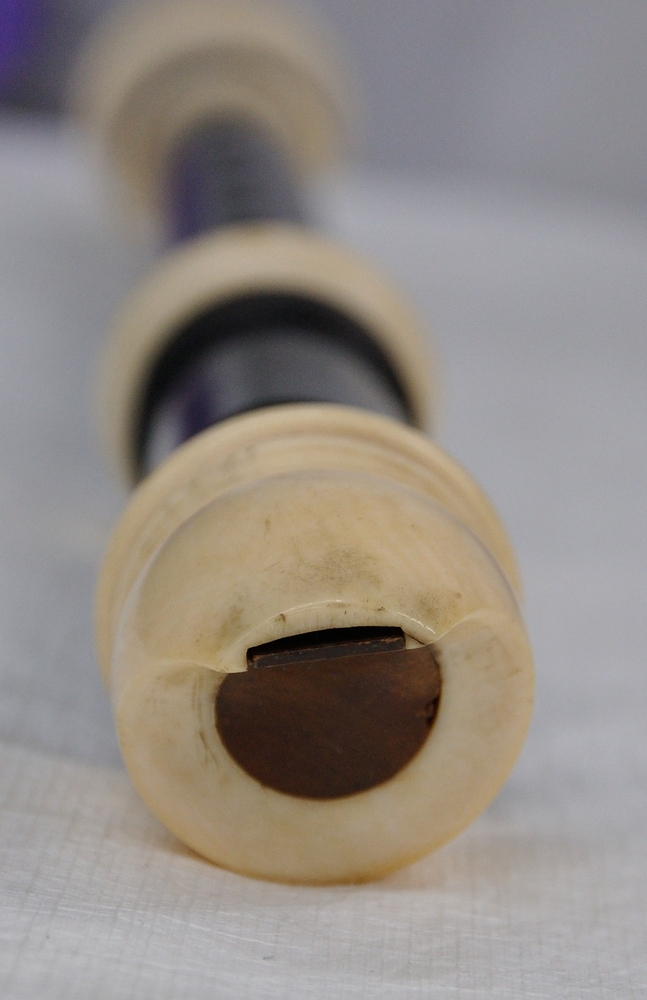
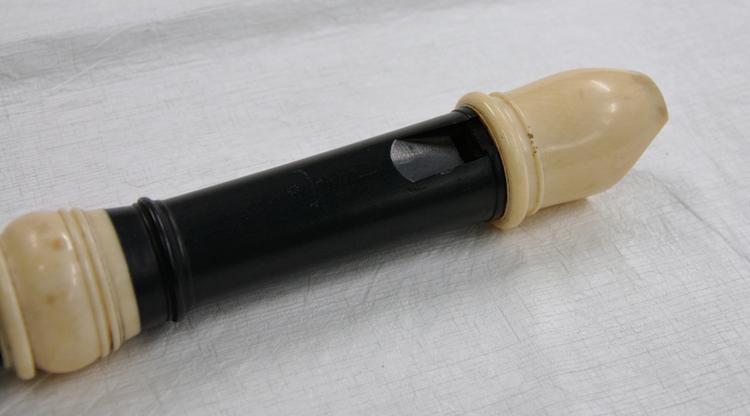

Treble recorder, ebony, ivory mounts. Lowest note sounds approximately E. Tenon above mount is split. Mouthpiece block is not original and not properly in place. Edge of lip is rough, some chipping on one side of the mouth. Long scratches or flaws in base of ivory bell. Stamped: T. Stanesby (star mark).
overall: 512 x 51 mm
Today, many people learn the basics of music on the recorder before playing another instrument. In the 17th and 18th centuries, the recorder was a virtuoso instrument. The recorder's soft tone eventually led to its decline. By 1800 it had been superseded by the flute, which could be better heard in larger orchestras. The recorder enjoyed several centuries of popularity in England. Henry VIII owned 76 recorders when he died in 1547, and Samuel Pepys (1633-1703) greatly admired the instrument.




